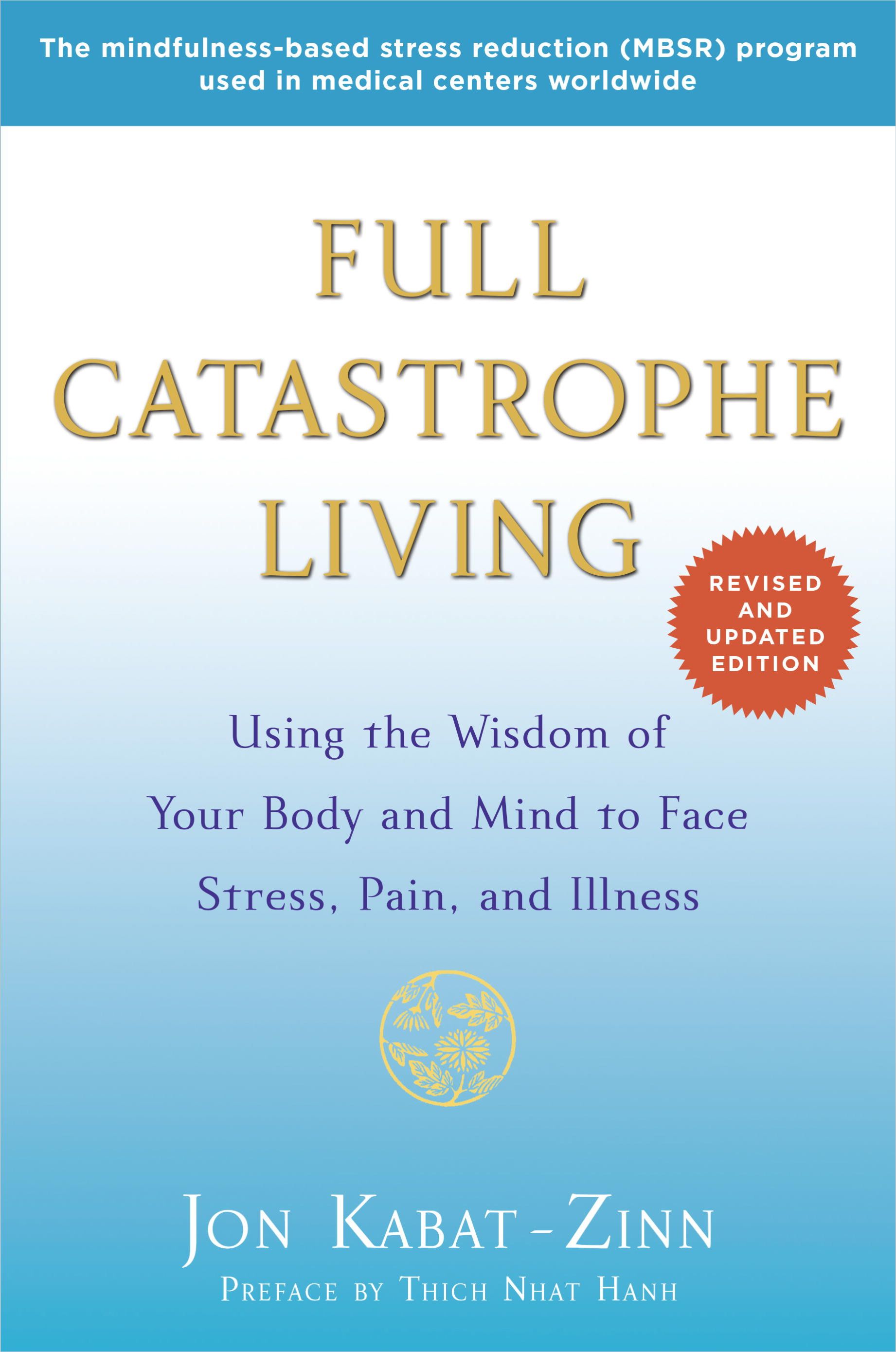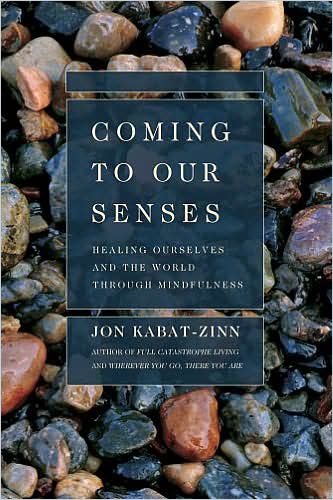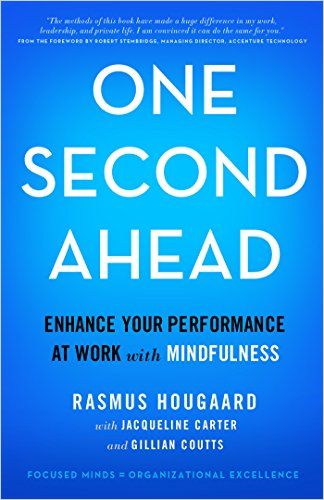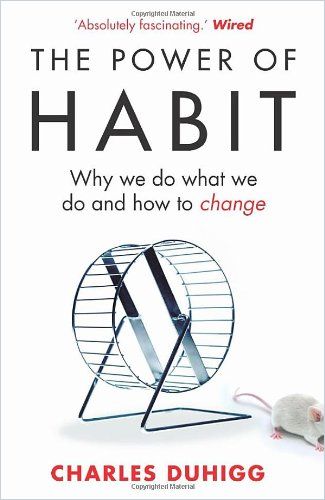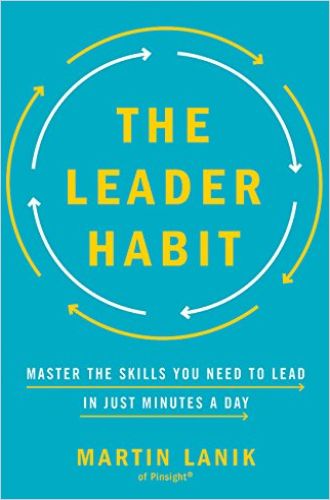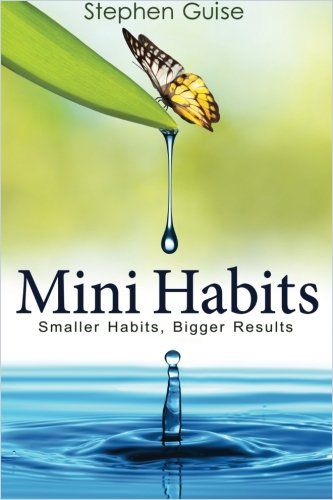“Mindfulness Is a Lifestyle.”

As a trained psychologist, Audrey, when did you first become interested in mindfulness?
Audrey Tang: My grandfather was a Buddhist teacher back home in Melaka, Malaysia. As a young child, I would sometimes get frustrated when my grandfather was being so serene about things and cope with daily challenges in a very calm manner. He used a daily prayer that said, work every day to make the world a little better than when you first came into it. And that’s something he’s always done, and that my mom passed on to me. My interest in studying mindfulness as an academic, however, developed much later.
Your approach to mindfulness has always been very practical…
I have always been interested in the practical application of psychological findings. For me, there has to be an application of what you learn – otherwise, it’s just thought without action.
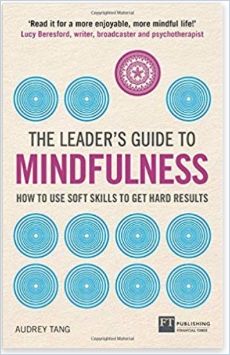
Many people associate mindfulness with formal meditation. You argue that mindfulness does not always need to be formal. Could you elaborate?
There are so many ways of being mindful and focusing on the present. If you reduce mindfulness to formal yoga practice or meditation, you are really selling it short. Mindfulness is a lifestyle.
What mindfulness practices or habits can busy leaders and professionals build into their workday?
You can bring mindfulness to your exercise routine or while eating your lunch – preferably away from your desk. Take mini-breaks and step outside while tuning into your senses. When emotions run high, paying attention to something external can help you get out of your head. Counting the slats on a blind or the bricks on a wall can help calm down your breathing. What all these practices help you do is press the pause button and respond to a given situation more effectively and deliberately.
What are the benefits of more formal mindfulness practices?
A formal yoga or meditation practice provides a buffer for the stresses of 21st-century living. What research has shown is that engaging in these practices on a regular basis will improve your sleep and your ability to manage stress. Learning to take a step back and respond to situations more deliberately will also help you build better relationships.
From the point of view of a company that wants to offer mindfulness training to employees, you argue that introducing formal “meditation lunch hours” may not be the best way to go. What should a company mindfulness program look like instead?
Company mindfulness initiatives should not be about paying lip service or ticking boxes. If your organization is really going to take care of employees’ well-being, you will need to know what well-being means to people. Some team members may indeed find that a lunch hour yoga class allows them to clear their brains and be more productive in the afternoon. But the most important thing is not to impose something on them because other companies offer programs like that.
Rather than starting off with a meditation program, nudge people into adopting mindful behaviors first.
Audrey Tang
You say that meditation only helps with very specific types of problems. What are they?
What mindfulness is very good at is taking advantage of the brain’s neuroplasticity. If we introduce a new habit, such as engaging in deep breathing or practicing yoga on a regular basis, our brain will stop firing in a certain way and make new neural connections. Modifying neural pathways through mindfulness can produce very positive results for someone who suffers from low levels of anxiety or stress.
Can you give an example?
During the pandemic, for example, an otherwise happy-go-lucky person may suddenly feel more anxious. Living with this low level of anxiety triggered by the novel situation may lead that person to engage in new behaviors. Perhaps this person starts to become a bit obsessed with cleanliness. Mindfulness allows us to recognize certain behaviors as unhelpful and reset the neural pathways underlying these new habits.
In what situations does mindfulness not work?
Mindfulness may not work if somebody is suffering from depression, for example, as that person may not want to be alone with their thoughts, or may not have the coping mechanisms should troubling thoughts arise. Research has also shown that people with narcissistic traits won’t become more compassionate if they practice mindfulness. That’s because narcissism is not about neuroplasticity but about how the brain is set up. No amount of deep breathing is going to change the brain’s basic structure.
What advice would you give someone who wants to bring more mindfulness into their everyday lives?
Start small! Start by paying more attention and taking mini-breaks throughout the day. Making little tweaks to your habits on a consistent basis can lead to larger behavioral changes in the long term. People who are new to meditation and mindfulness can set themselves up for failure if they suddenly decide to meditate for half an hour every morning. If they are not able to keep it up, for whatever reason, they will go back to their old habits. Making little tweaks to our habits, however, will short-circuit the brain’s desire to stay comfortable. So instead of meditating formally for even 15 minutes, start the day by setting the intention to be more patient.
If you reduce mindfulness to formal yoga practice or meditation, you are really selling it short.
Audrey Tang
How can leaders encourage their teams to adopt mindful practices?
You can build mindfulness into a daily meeting. Start your morning briefing by challenging your team to address everything they do that day with patience. Or have your team take five-minute breaks away from their desks. Introduce little nuggets of mindfulness into people’s workday.
So you would steer away from big corporate mindfulness initiatives?
Introducing drastic changes can send people into panic mode. “Oh, my, I don’t like this. Do I have to go? If I don’t go, do I get in trouble? What if I go and my co-workers see that I’m not getting it? What if I’m really bad at it?” If you want to encourage people to leave their comfort zone and try something different, you need to push them very gently into the stretch zone. Rather than starting off with a meditation program, nudge people into adopting mindful behaviors first. Have your team do something small every day that pushes them into the stretch zone until the new behaviors don’t feel like a stretch anymore. Then you go on to introduce the next change.
About the Author
Dr. Audrey Tang is the resident psychologist on the Chrissy B. Show, a British program devoted to mental health, and a presenter with DisruptiveTV.
